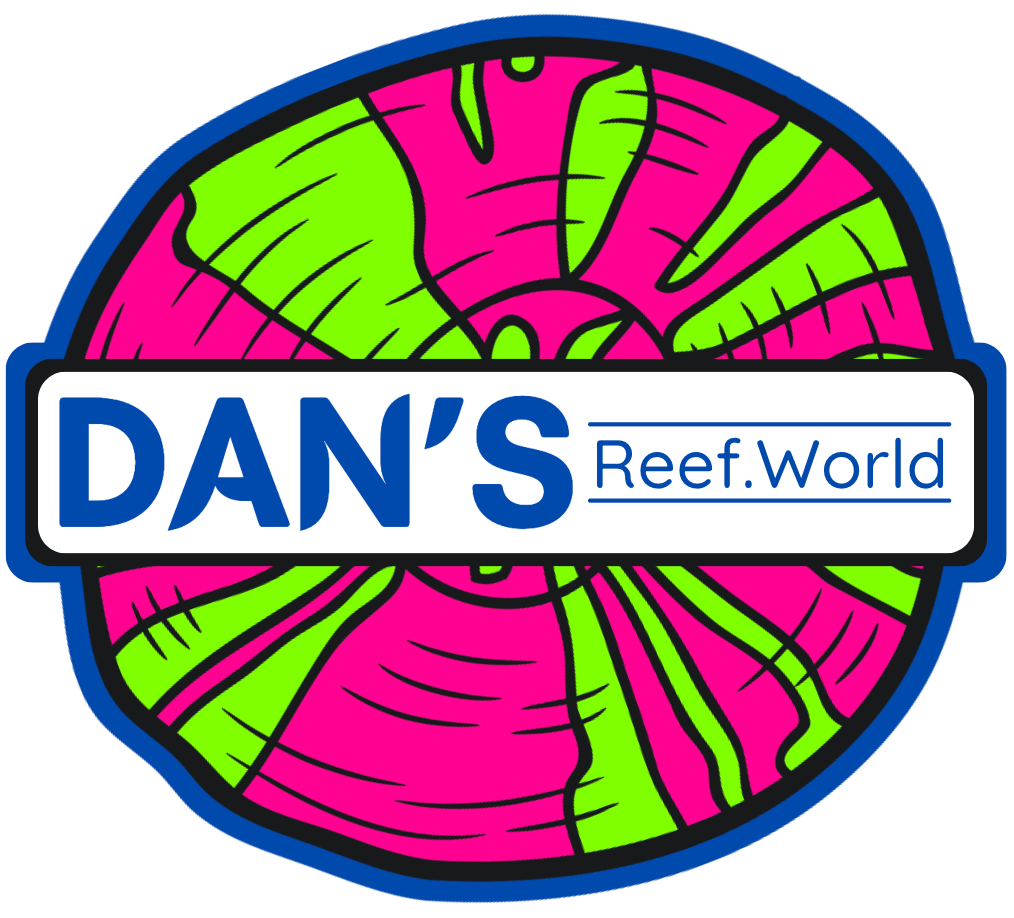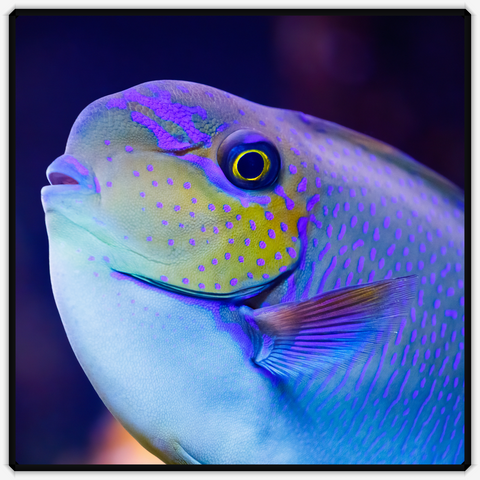Beneath the surface of the ocean, a realm of beauty and diversity unfolds, and among the many inhabitants of coral reefs, the Vlamingii Tang (Naso vlamingii) stands out as a true jewel of the seas. This remarkable species, also known as the Bignose Unicornfish, captivates marine enthusiasts with its striking appearance, distinctive features, and vital role in maintaining the balance of its habitat. In this blog post, we'll delve into the fascinating world of the Vlamingii Tang, exploring its biology, behavior, and the importance of conservation efforts to ensure its survival.
The Vlamingii Tang is a member of the Acanthuridae family, commonly referred to as surgeonfish or tangs. One of the most distinguishing features of this species is its elongated snout or rostrum, giving it the characteristic unicornfish appearance. The Vlamingii Tang showcases a vibrant palette of colors, including shades of blue, yellow, and green, creating a mesmerizing visual spectacle as it glides through the coral reefs. The combination of its unique rostrum and eye-catching coloration makes the Vlamingii Tang easily identifiable among its marine counterparts.
The natural habitat of the Vlamingii Tang spans the Indo-Pacific region, including the Red Sea, the Great Barrier Reef, and various tropical waters. These fish are typically found in clear, shallow reef environments where they can engage in their herbivorous behavior, crucial for the health of coral ecosystems.
Vlamingii Tangs play a vital role in the ecological balance of coral reefs, primarily due to their herbivorous diet. Their diet consists mainly of algae, and they use their specialized mouth and small, comb-like teeth to graze on algae-covered surfaces. By keeping algae in check, Vlamingii Tangs contribute to the overall health of coral colonies, preventing excessive algal growth that could threaten the vitality of the reef.
The Vlamingii Tang's captivating appearance and unique behaviors make it a popular choice among aquarium enthusiasts. However, it's important to note that these fish have specific care requirements. Providing a well-maintained aquarium with ample swimming space, appropriate hiding spots, and a balanced diet is crucial for ensuring the well-being of Vlamingii Tangs in captivity.
Despite their ecological importance and popularity in the aquarium trade, Vlamingii Tangs face various threats that put their populations at risk. Overfishing, habitat degradation, and climate change are significant challenges that must be addressed to ensure the long-term survival of this majestic species. Sustainable fishing practices, marine protected areas, and community-based conservation initiatives are essential components of efforts to protect the Vlamingii Tang and preserve the delicate balance of coral reef ecosystems.
The Vlamingii Tang, with its enchanting appearance and critical ecological role, is a testament to the wonders of marine life. As we marvel at the beauty of these creatures, it is our collective responsibility to understand, appreciate, and actively work towards the conservation of the Vlamingii Tang and its coral reef habitats. By doing so, we contribute to the preservation of not only a remarkable species but also the intricate web of life that defines the oceans' unparalleled biodiversity.




